Ahrefs’ Community Manager, Michelle Lindner, shared Ryan Trahan’s “50 States Challenge” in our #Marketing Slack channel after watching it with her kids. She thought it showed some awesome examples of unconventional marketing—and we agreed. 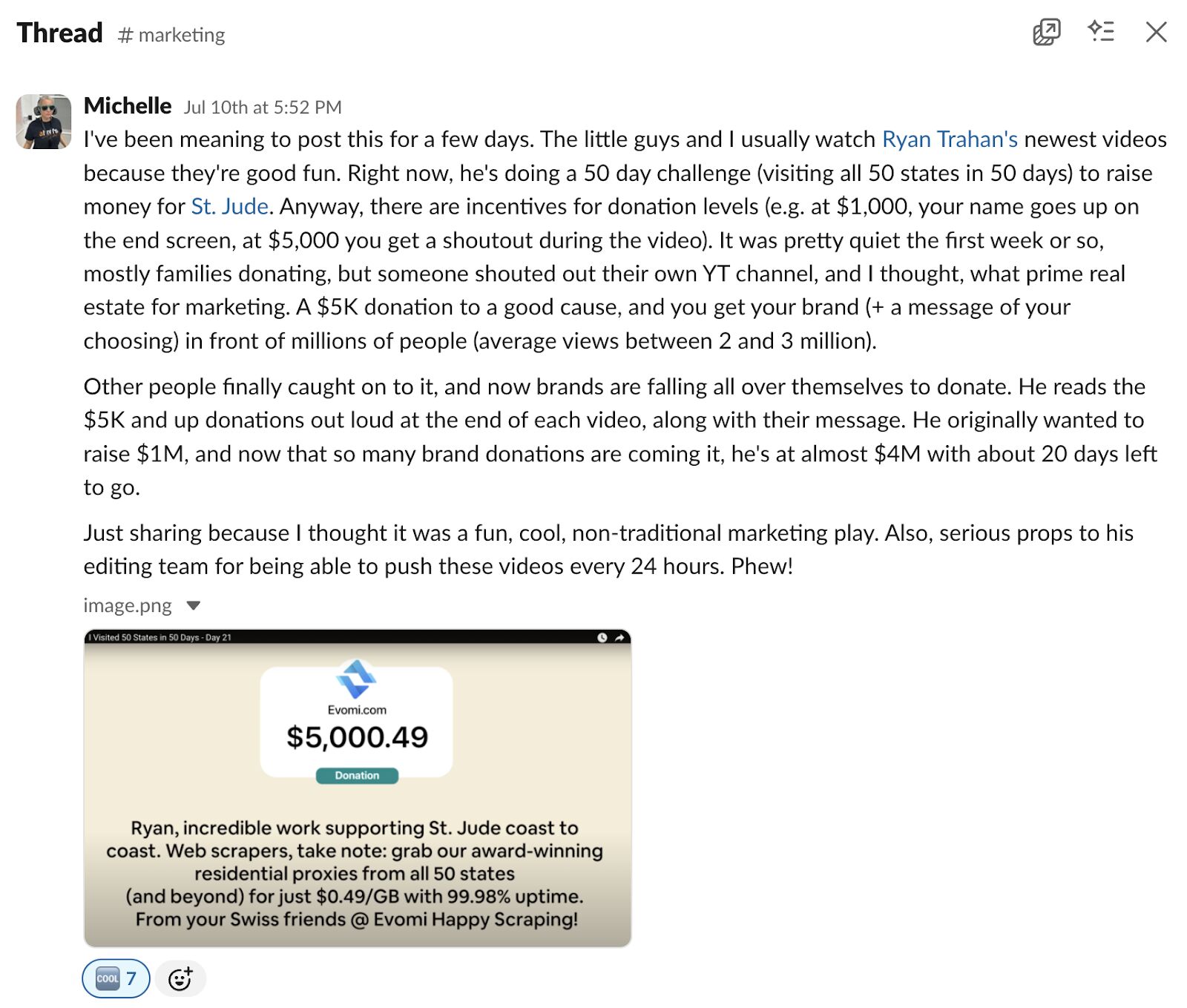
One brand stood out so strongly that it inspired us to make our own donation… 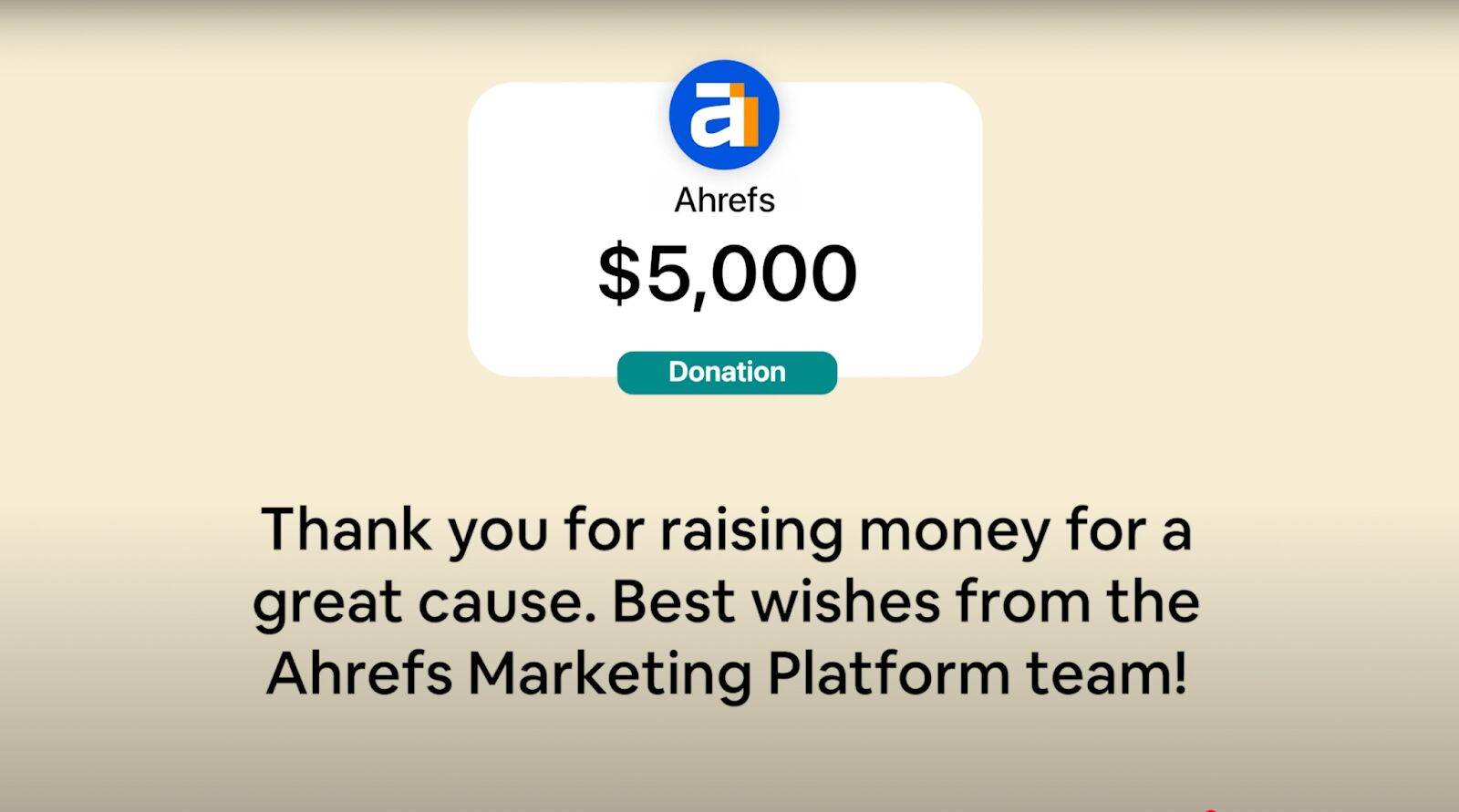
…and prompted Ahrefs’ VP of Marketing, Sam Oh, to create a YouTube teardown of their strategy.
Here’s what happened, how the campaign worked, and why it matters.
In 50 days, YouTube star Ryan Trahan visited all 50 U.S. states to raise money for St. Jude Children’s Research Hospital. He started with a $1M goal and ended up raising over $11M.

The series became a viral sensation, pulling in millions of views daily. Along the way, brands became part of the story—and one in particular.
Enter Lectric e-bikes.
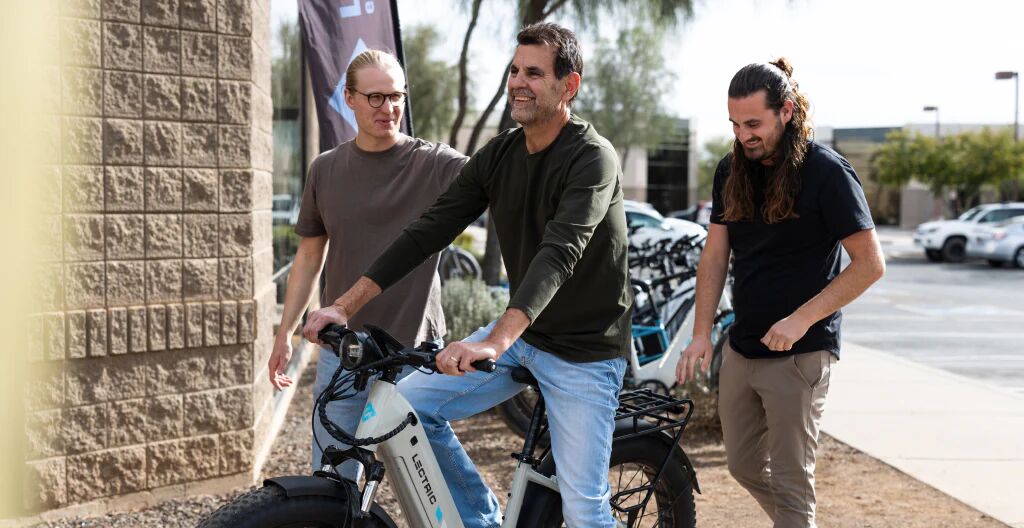
Lectric’s involvement looked nothing like traditional sponsorship, felt nothing like an ad, yet generated results that most CMOs could only dream of.
By naturally integrating their brand into the challenge, they pulled off one of the most quietly brilliant brand moves of the year.
Here are four lessons learned from their unconventional campaign…
On Day 2 of Ryan’s challenge Lectric donated $100K, and at the end of the video, Ryan read their name aloud alongside other big donors.
This move, alone, got their brand in front of 6 million viewers.
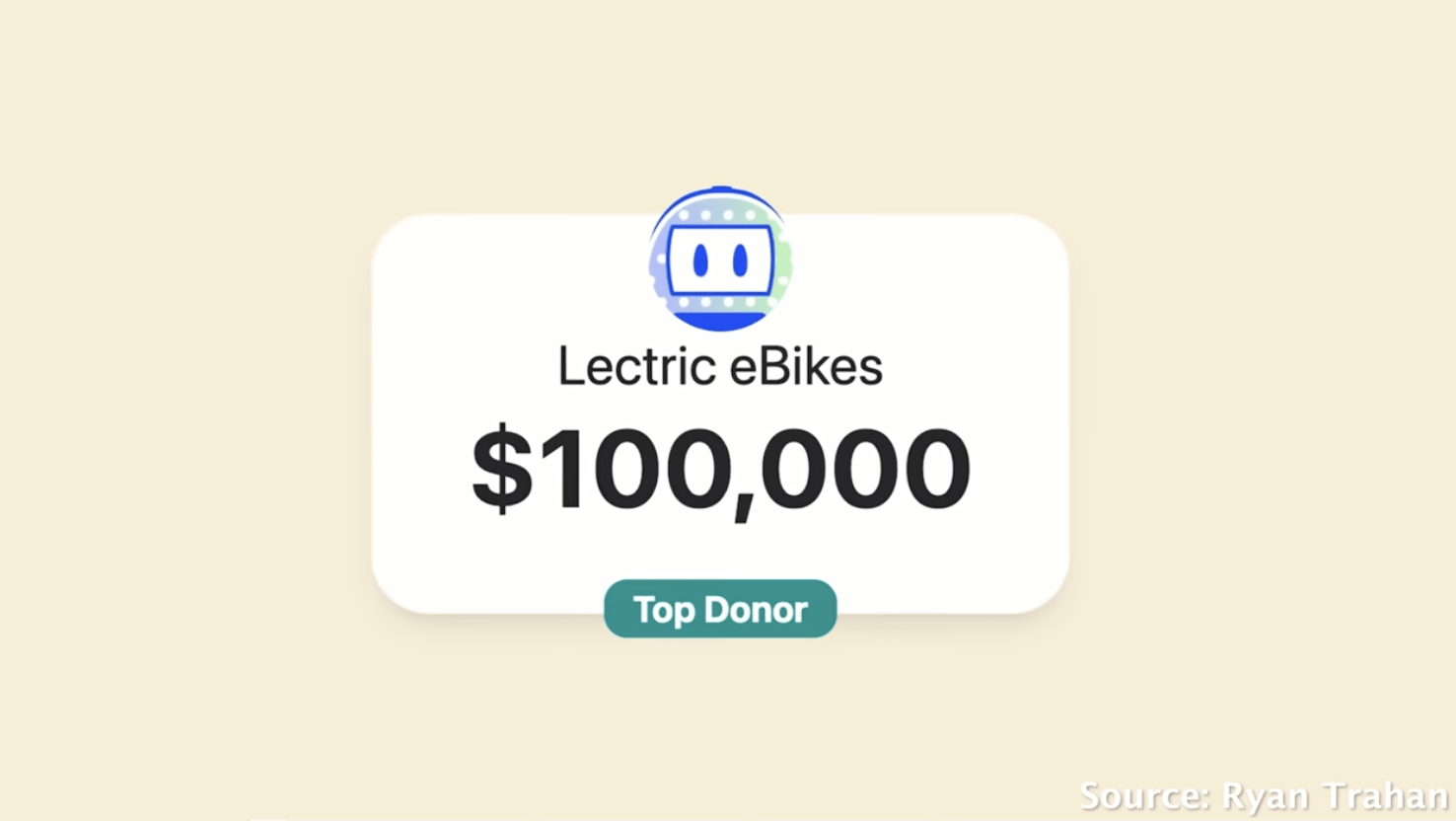
In the words of Sam Oh:
Some would call that a good price for an ad read from a creator at Ryan’s scale.
But the real genius came the next day.
Lectric showed up in person and gifted Ryan a brand new Lectric e-bike.

Then they sweetened the deal, pledging another $10K for every day he rode.
Unlike a paid ad, it was a product placement that felt personal, generous, and timely—and Ryan’s genuine reaction made it stick.
Now, Lectric had one of the most likable YouTubers riding their bike in every video, naturally, without having to force a product plug.
Lectric became an integral part of the remaining 47 episodes, and they spent a fraction of face-value rates for the same coverage.
Here’s the math to prove it:
- Total reach: 47 episodes × 5M average views = 235M impressions.
- Market value: At Ryan’s scale, YouTube integrations typically cost $30–$50 CPM. Even conservatively, that’s $7M+ in equivalent media value.
- Actual spend: $100K upfront donation + $470K in daily riding donations (47 × $10K) = $570K total.
Lectric essentially secured prime, high-frequency placement for under 10% of what a traditional sponsorship would cost—and because their product was baked into the narrative, the brand integration felt authentic rather than advertorial.
Unsurprisingly, this kind of airtime led to an explosion in searches for Lectric.
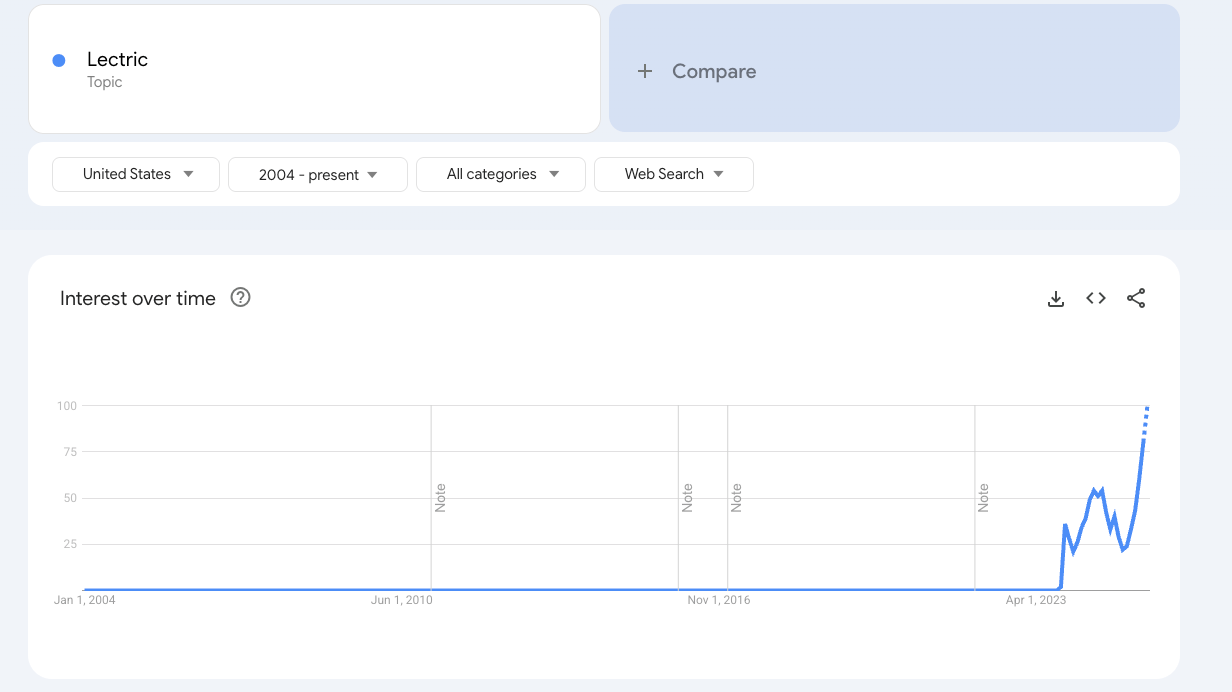
Once the bike appeared, so did the online discussions.
Fans on Reddit and X posted about Lectric without being prompted, because the integration felt like part of the adventure.
They praised the brand for their donation, their commitment to good causes, and the quality of their products.
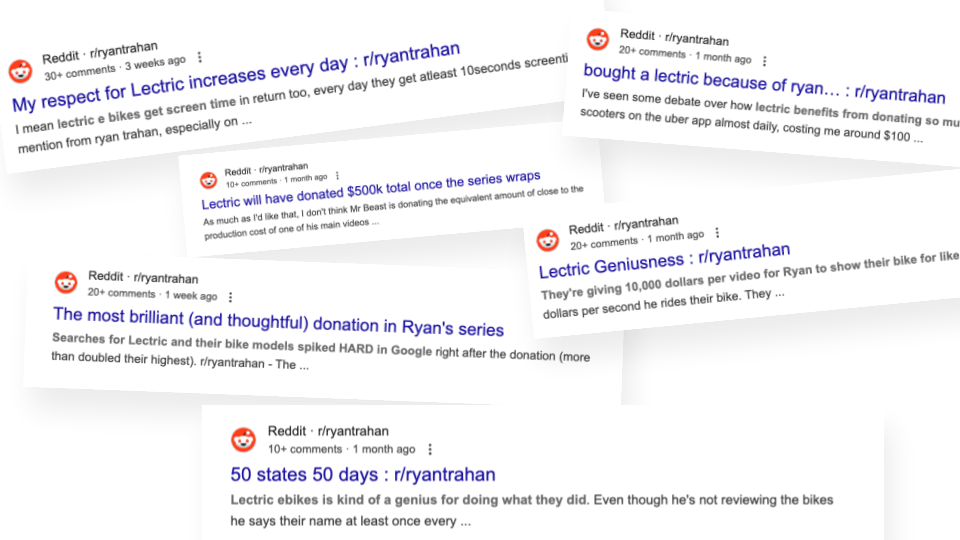
The conversations created more awareness but also something entirely new: more training data.
AI tools like ChatGPT and Google’s AI Overviews rely on publicly available content—including Reddit threads and social posts—to understand what matters.
Reddit has signed deals with Google and OpenAI, allowing them to train on its millions of user conversations.
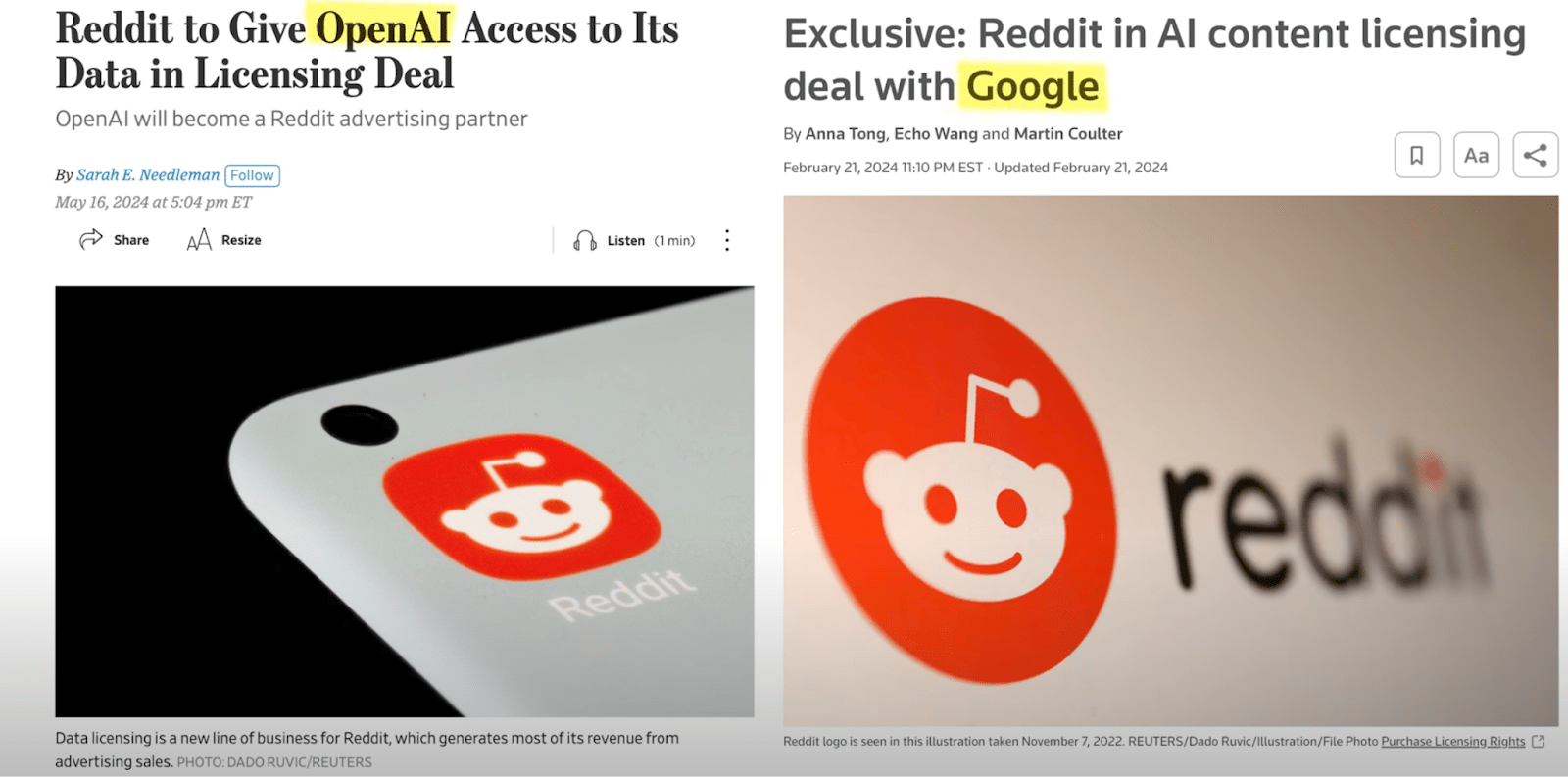
As Sam Oh says:
The craziest part imo is that, because Reddit signed licensing deals with Google and OpenAI, all these posts and mentions are training data for AI which means the more people talk about Lectric, the more tools like ChatGPT and Google will recommend it. Basically, that one donation + organic integration triggered a full on marketing flywheel and I don’t even think Lectric fully realized what they were setting in motion.
Our own AI domain visibility research shows that Reddit is routinely cited in Google’s AI search responses.
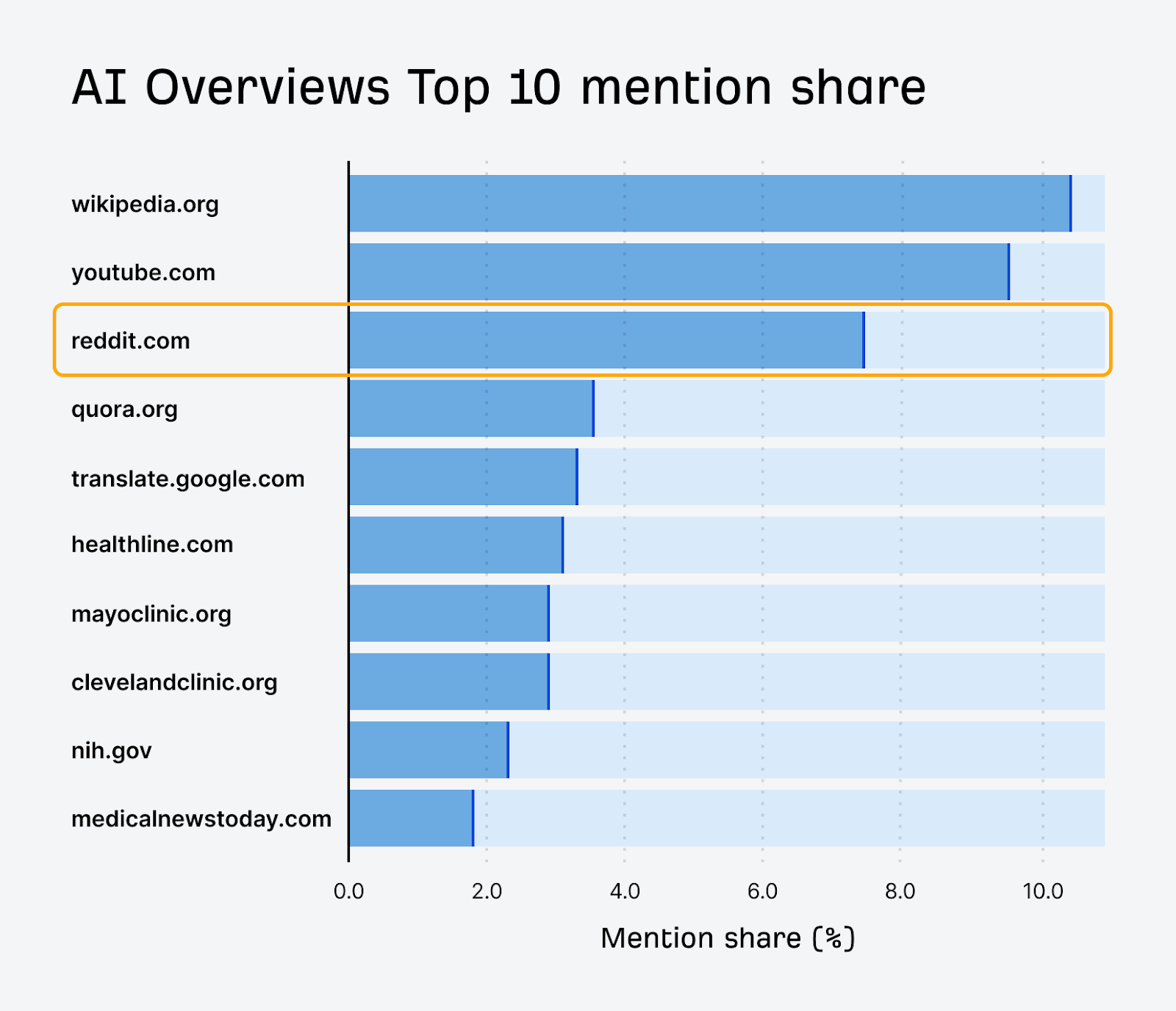
When fans celebrated Lectric in forums and threads, it didn’t just influence people—it influenced AI.
Now, when someone goes to AI assistants to research Lectric products, they’re going to come across specs, official reviews, and positive digital word of mouth.

With each user post, discussion, and reaction, AI systems better understand that Lectric is a brand people genuinely trust.
Lectric’s charitable gesture set off a chain reaction. Their name began to show up everywhere on the web and in AI tools.
Traffic metrics in Ahrefs’ Site Explorer showed that what started as modest exposure, grew into hundreds of thousands of organic visits.
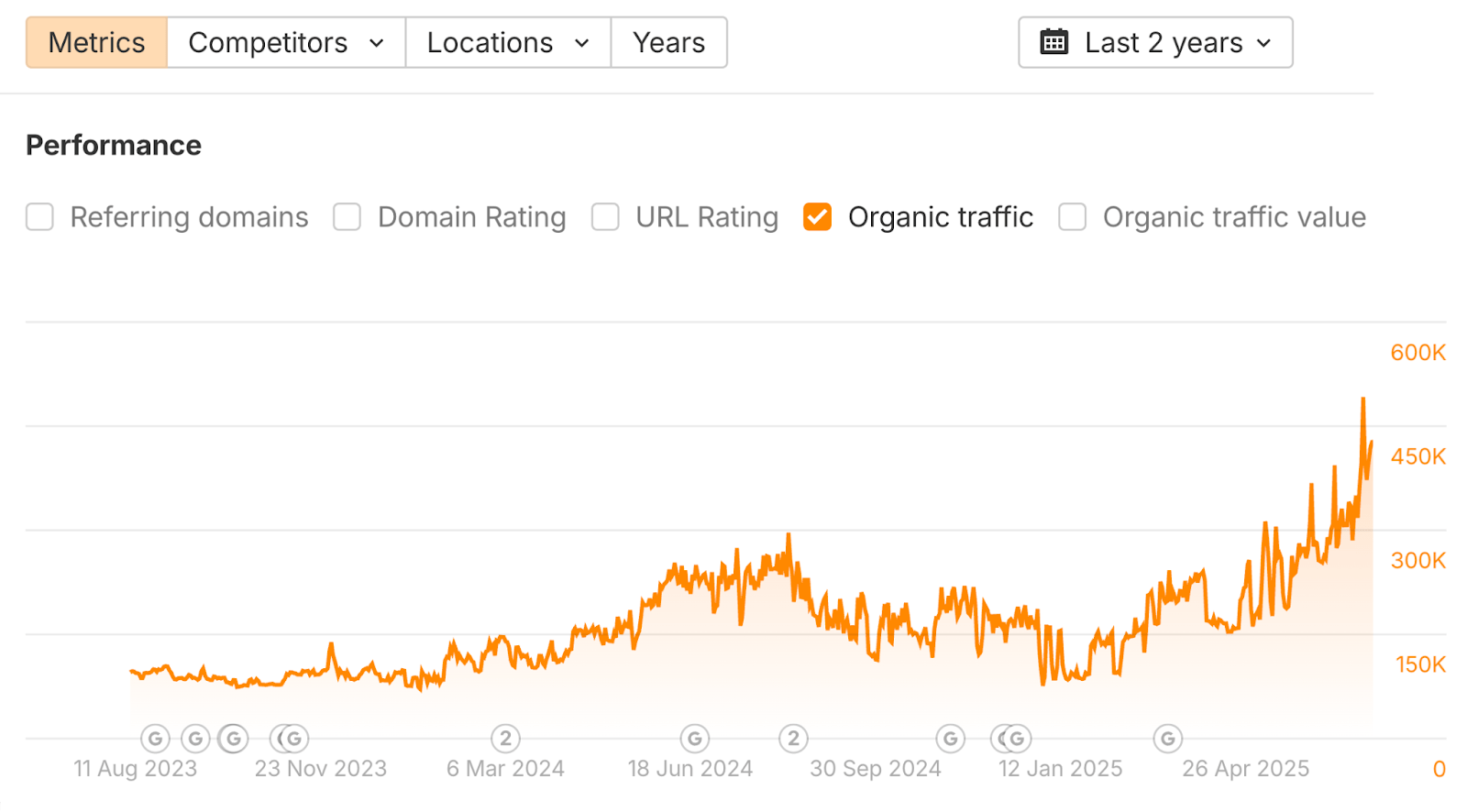
At first, Lectric was barely mentioned in AI assistants like ChatGPT, and impressions were modest: hitting just 4,000 across May.
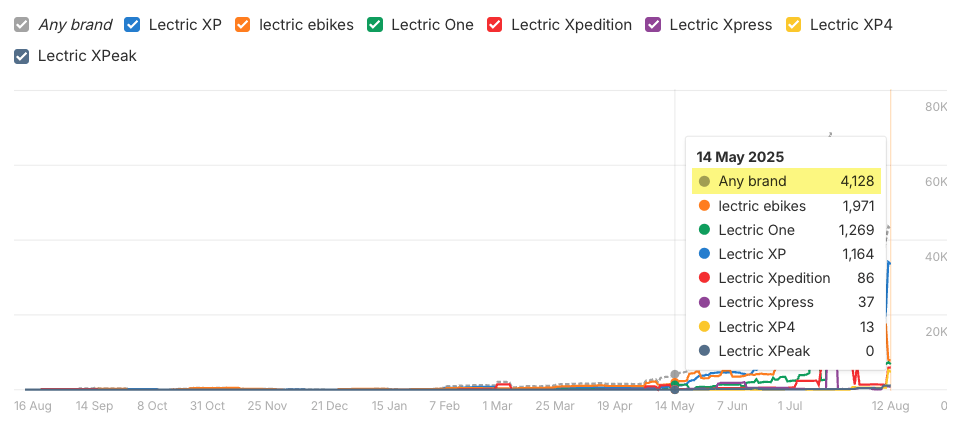
But by July, Ahrefs’ Brand Radar showed that figure had shot up to 700,000.
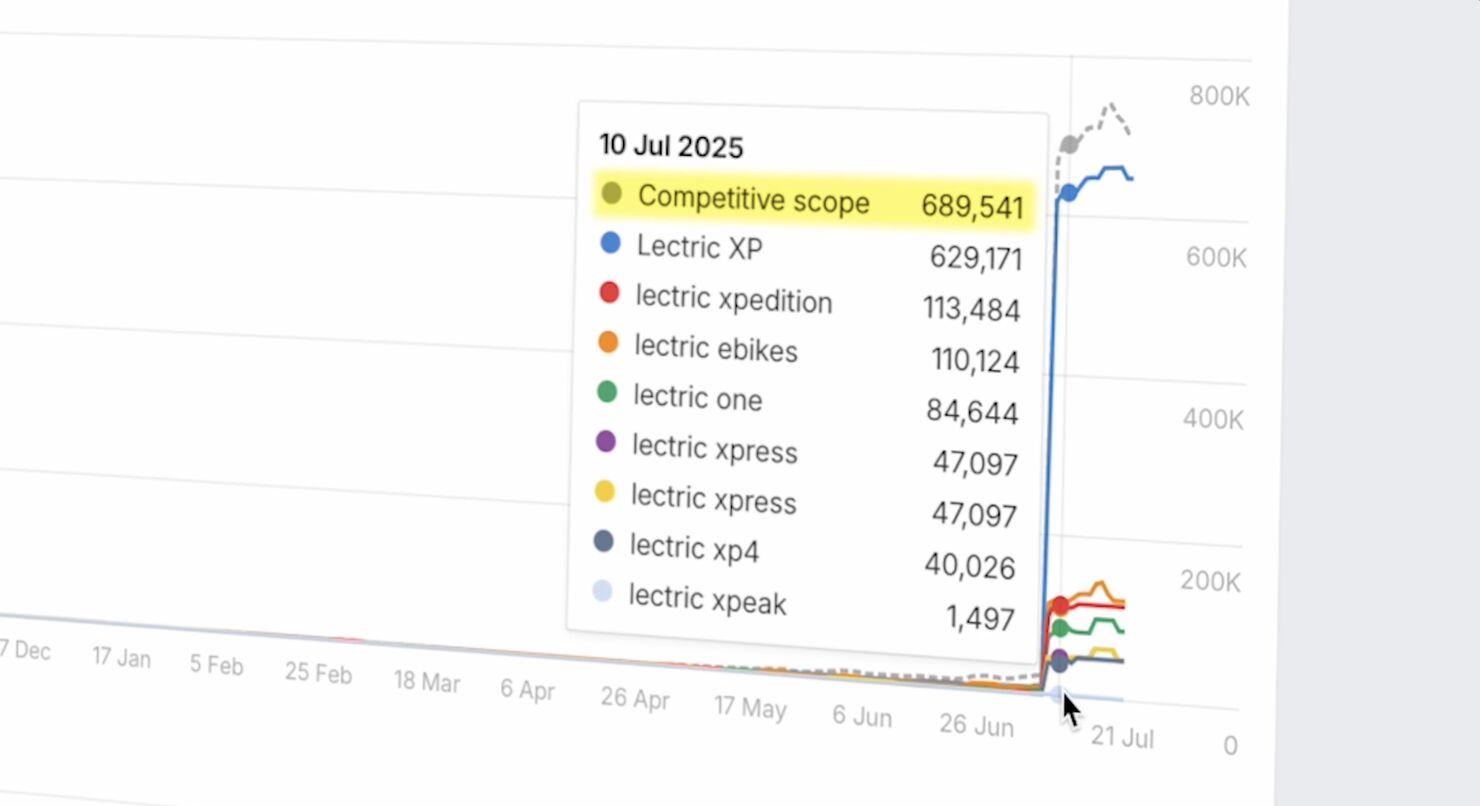
This happened not because they targeted select keywords or optimized a landing page, but because the story caught fire and the internet ran with it.
Brand mentions are one thing. Brand adoption is another.
By riding the Lectric bike daily, Ryan made the product familiar. It became a part of the show and something he relied on.
Repeat brand appearances across entertaining, emotionally resonant content like this can shift viewers from “that’s a nice bike” to “maybe I want one.”

As more people watch, more people search. As more people buy, more people post. And so the loop begins—until Lectric becomes bigger than the donation.
Once early adopters share their experiences, each new customer fuels more content and discussion. This compounds into:
- Increased visibility in search, social, and even AI results.
- Positive sentiment growth, when the product delivers.
- Reduced reliance on borrowed audiences, as the brand’s own community forms.
More customers → more content → more customers.
This loop is the flywheel in motion. It keeps momentum going without the need for constant ad spend.
Final thoughts
Through unconventional marketing, Lectric formulated a triple-win strategy:
- Advertise the brand
- Do something good for the world
- Save money over traditional advertising
But this kind of campaign only worked because it was totally true to Lectric’s values.
Philanthropy was baked into the brand from the outset—not just bolted on for optics.
In fact, they have a full page dedicated to philanthropy on their website.
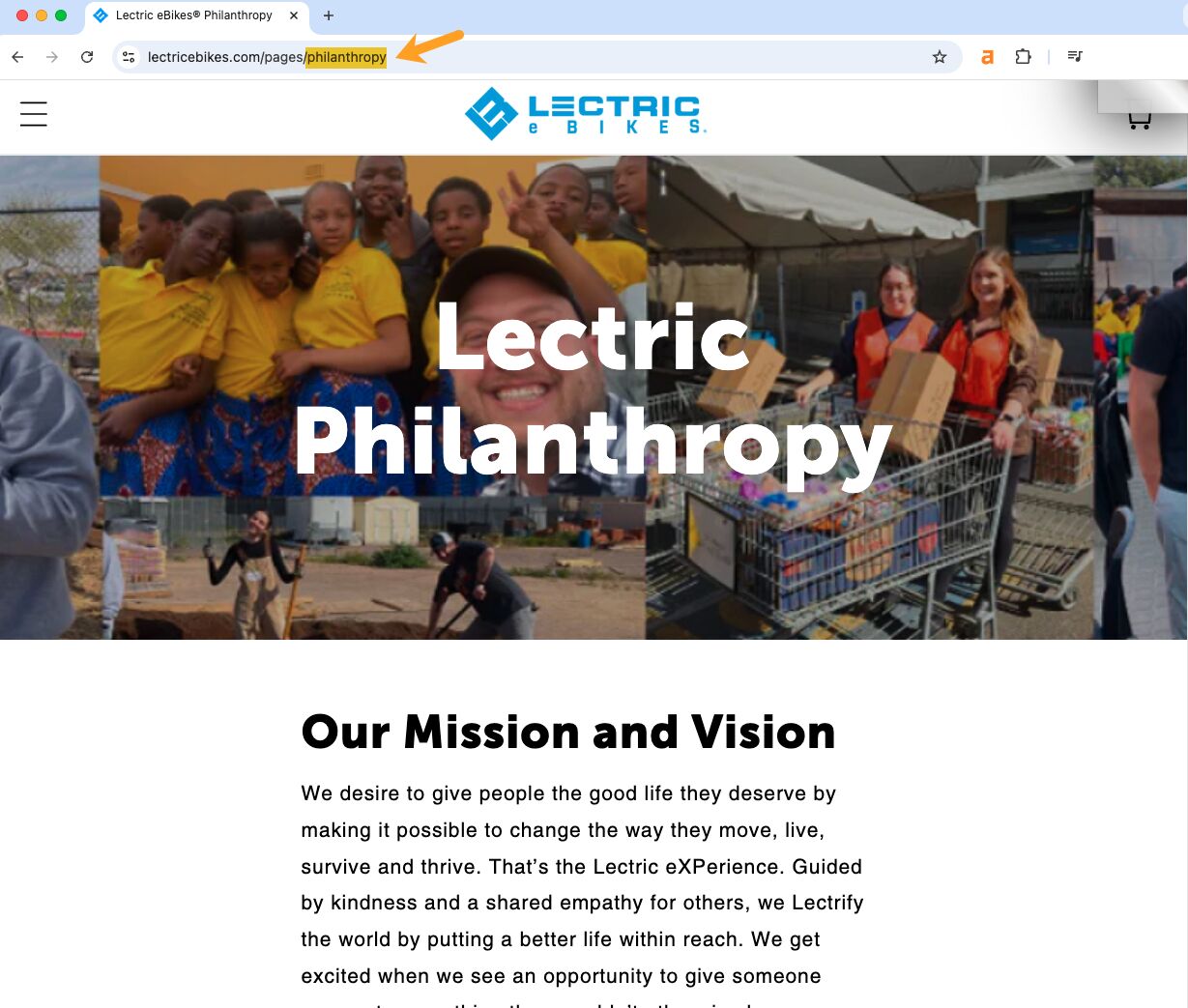
If you’re spitballing unconventional marketing ideas, remember that true brand fit is what unlocks all three of those benefits.
Lectric’s conviction counts for even more today when AI makes up so much of what we see.
Real experiences, stories, and genuine human connection are some of the few things left that AI can’t replicate.
And when AI starts weighing sentiment and emotional impact as highly as factors like mentions, then unconventional campaigns like this will move from creative to business-critical.




